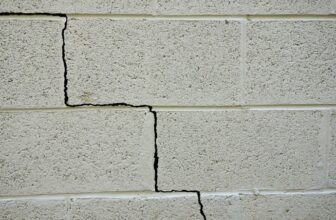
If your basement is nothing more than four walls and storage space, you are simply not making the most out of your home. Not only are you keeping you and your family from having a fantastic room to play in, relax in, and spend time in, you’re also not making the most out of your home’s potential value.
Finishing a basement to create an extra room can raise your home’s value and provide a potential place for renters, friends and relatives to stay in. That being said, making the most out of your basement also takes some serious planning.
Don’t rush it! Make sure that you are taking a look at all of these great tips for basement conversions to turning your basement into a fantastic living space.
1. Measure everything
Know exactly how much space you are working with. This is especially important regarding height. Many local regulations require the ceiling to be at least seven feet tall in order to turn a basement into a livable area. Make sure to measure and always consult local building codes.
2. Inspect plumbing and wiring
You will likely need to add plumbing and wiring to your basement. Ideally, you’ll also be adding a separate bathroom as well. Make sure to take a look at your home’s existing plumbing and wiring systems to see what upgrades and expansions you need to make. Also, don’t forget to get the necessary permits to get that kind of work done as well.
3. Add insulation for warmth and sound
You’re going to need to insulate the ground and walls of your basement to protect against both noise and low temperatures. This could definitely require some important wall renovations so make sure to consider all your options.
4. Install egress windows
One of the best decisions you can make while converting your basement is add egress windows, which are basement windows that both let in light and fresh air and allow people to escape in the unhappy case of an emergency.
A live-in basement especially requires these windows, so be prepared to add egress windows and renovate your foundation to make room for them.
5. Check for rot and pests
Make sure to check wood, stone and concrete for signs of pests and water damage. If you find any clues of existing issues, make sure to block pest access and replace rotted material before you continue your basement remodel.
6. Install strong walls
Instead of just using drywall, use more durable materials that offer greater resistance to moisture and provide added insulation. Good options include wall panels and foam boards that can be easily installed in basement spaces.
If you want to go this route, you will likely have to add framing for both insulation and your walls.
7. Have a plan for laundry
If you are creating a separate space in your basement for a dryer and washer, make sure that you have a concrete plan for it. While just having a washer and dryer in your basement, it could get pretty unsightly.
Make sure that you have a specific area in mind for your washer and dryer and plan accordingly.




